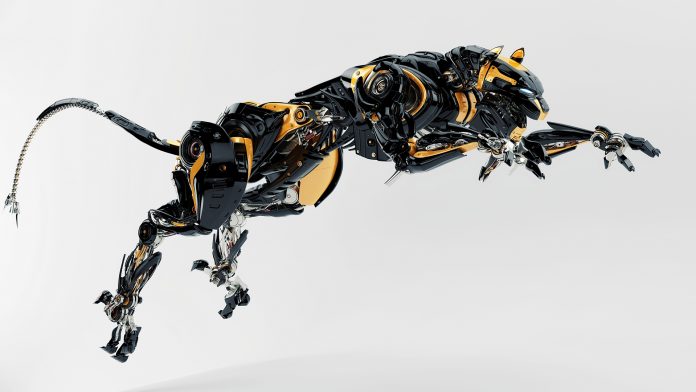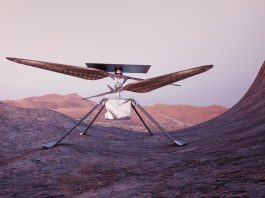Researchers from the University of Illinois have made a significant leap forward in developing insect-sized jumping robots that can perform tasks in small spaces found in mechanical, cultural, and search-and-rescue settings.
The jumping robots are small enough to fit into tight spaces, manoeuvre over obstacles, and move fast enough to mimic a real insect’s rapid escape time.
To manufacture the jumping robots, the researchers studied click beetle anatomy, mechanics, and evolution over the past decade. A paper detailing the results of the study, ‘Insect-scale jumping robots enabled by a dynamic buckling cascade,’ was published in the journal Proceedings of the National Academy of Sciences.
Using elastic energy to overcome obstacles
A 2020 study concluded that snap buckling – the rapid release of elastic energy – of a coiled muscle within a click beetle’s thorax is triggered to allow them to propel themselves in the air several times their body length. This anomaly allows a beetle to overcome the challenge of being flipped on its back.
“One of the grand challenges of small-scale robotics is finding a design that is small, yet powerful enough to move around obstacles or quickly escape dangerous settings,” said Professor Sameh Tawfick, who led the study.
For the jumping robots, the team used tiny, coiled actuators, which represent animal muscles, that pull on a beam-shaped mechanism. This part of the design allows the mechanism to store elastic energy until it is spontaneously released and amplified, propelling the robots upwards.
Tawfick explained: “This process, called a dynamic buckling cascade, is simple compared to the anatomy of a click beetle. However, simple is good in this case because it allows us to work and fabricate parts at this small scale.”
Guided by biological evolution and mathematical models, the researchers built and tested four jumping robots with different variations. Eventually, they landed on two configurations that could successfully jump without manual intervention.
How will the robots be used?
“Moving forward, we do not have a set approach on the exact design of the next generation of these robots, but this study plants a seed in the evolution of this technology – a process similar to biologic evolution,” Tawfick said.
The researchers stated that these jumping robots would be useful in accessing tight spaces to help perform maintenance on large machines such as turbines and jet engines. The robots would be able to take pictures to identify problems within the machines and access small spaces that are difficult for humans to reach.
Tawfick concluded: “We also imagine insect-scale jumping robots being useful in modern agriculture. Scientists and farmers currently use drones and rovers to monitor crops, but sometimes researchers need a sensor to touch a plant or to capture a photograph of a very small-scale feature. Insect-scale robots can do that.”









